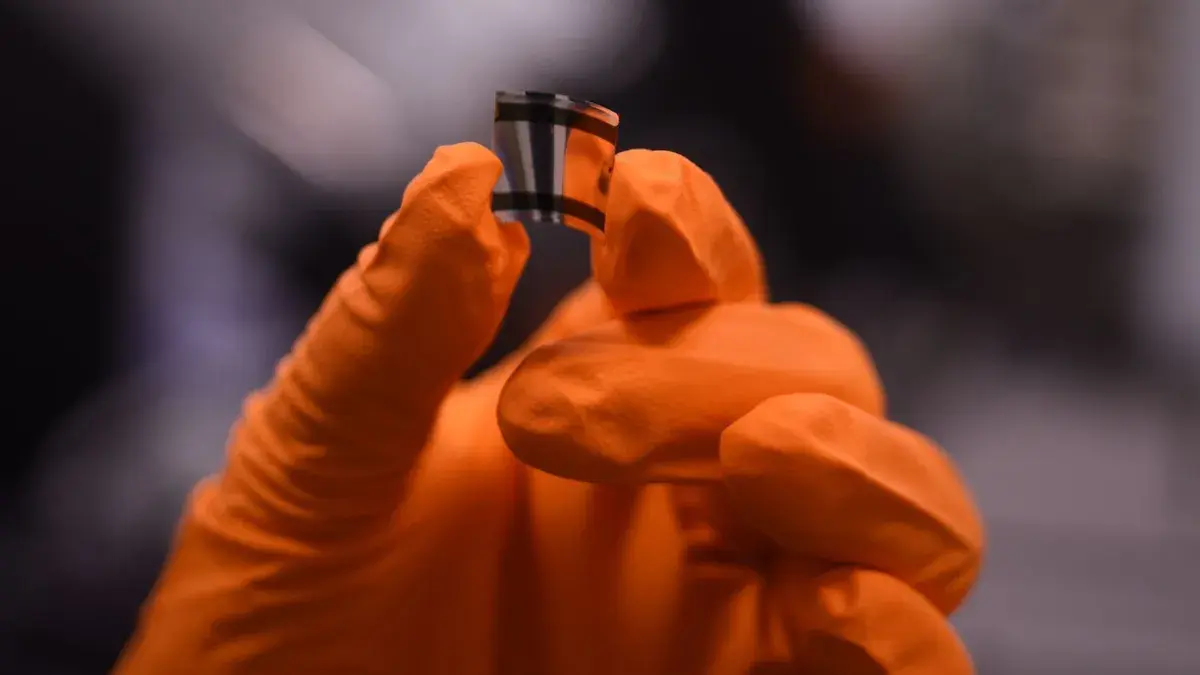A Surprising Discovery
Researchers at the Swedish University of Agricultural Sciences and the University of Tartu have discovered an unexpected way certain mineral nanoparticles interact with coronaviruses. These nanoparticles, commonly found in sand, can damage the virus’s outer membrane, making it less capable of infecting human cells. This discovery challenges previous assumptions about how nanoparticles interact with viruses and opens up new possibilities for antiviral strategies.
Beyond Traditional Antiviral Methods
This finding is significant because it uncovers a novel mechanism by which nanoparticles combat viruses. Previously, scientists believed nanoparticles fought viruses solely by generating reactive oxygen species—harmful molecules that require UV light for activation. However, this new research presents a groundbreaking alternative. It reveals that some nanoparticles can directly damage the virus membrane, even in the dark and at room temperature. As a result, this approach could be more versatile and effective in real-world applications.
A New Era of Disinfection
With this breakthrough, exciting possibilities emerge for next-generation disinfection technologies. For instance, imagine surfaces coated with these nanoparticles, continuously neutralizing viruses without requiring any external activation. Such an advancement would revolutionize sanitation efforts in public spaces, hospitals, and even personal protective equipment.
Future Applications and Research
The researchers are optimistic that this technology can be implemented with ease. In fact, they propose that surfaces could be sprayed with a nanoparticle solution, leaving behind a long-lasting antiviral coating. Moving forward, the next steps will focus on refining these nanoparticles for maximum effectiveness and exploring their applications across different environments. Ultimately, this discovery could lead to a safer and more efficient way to combat viruses in everyday settings.







